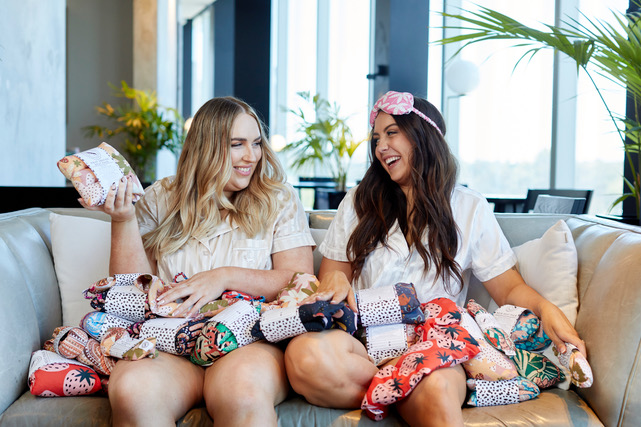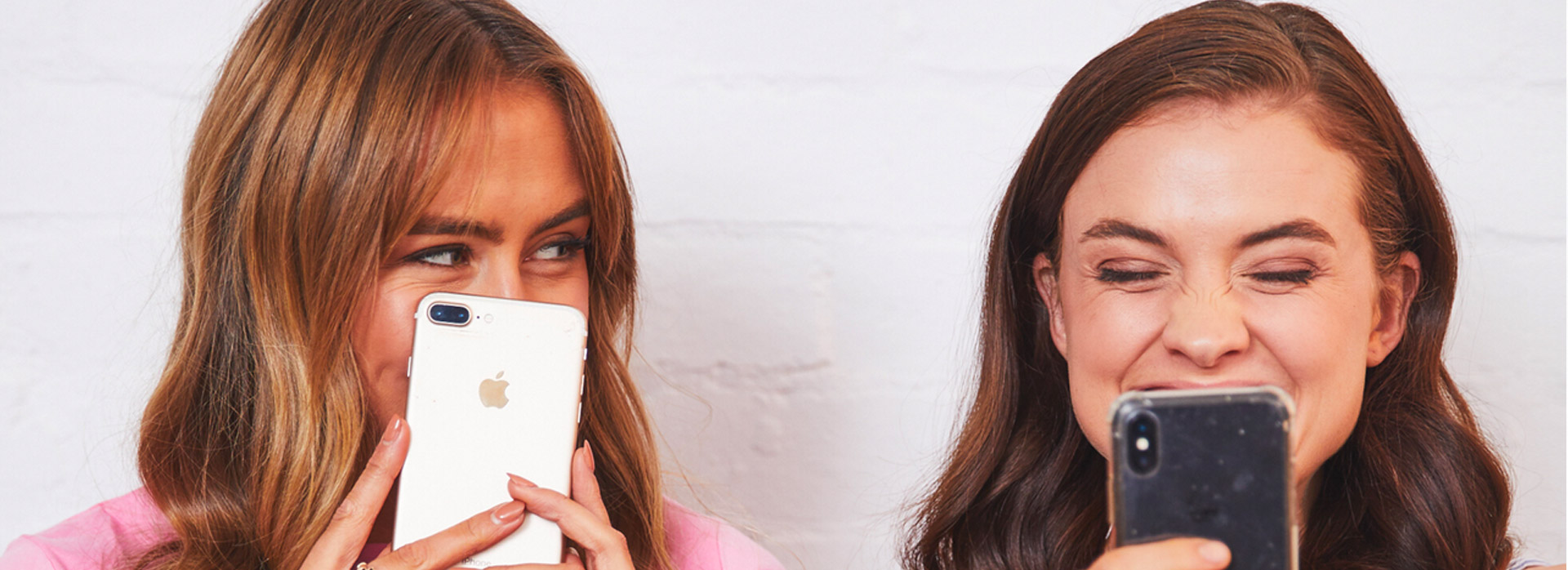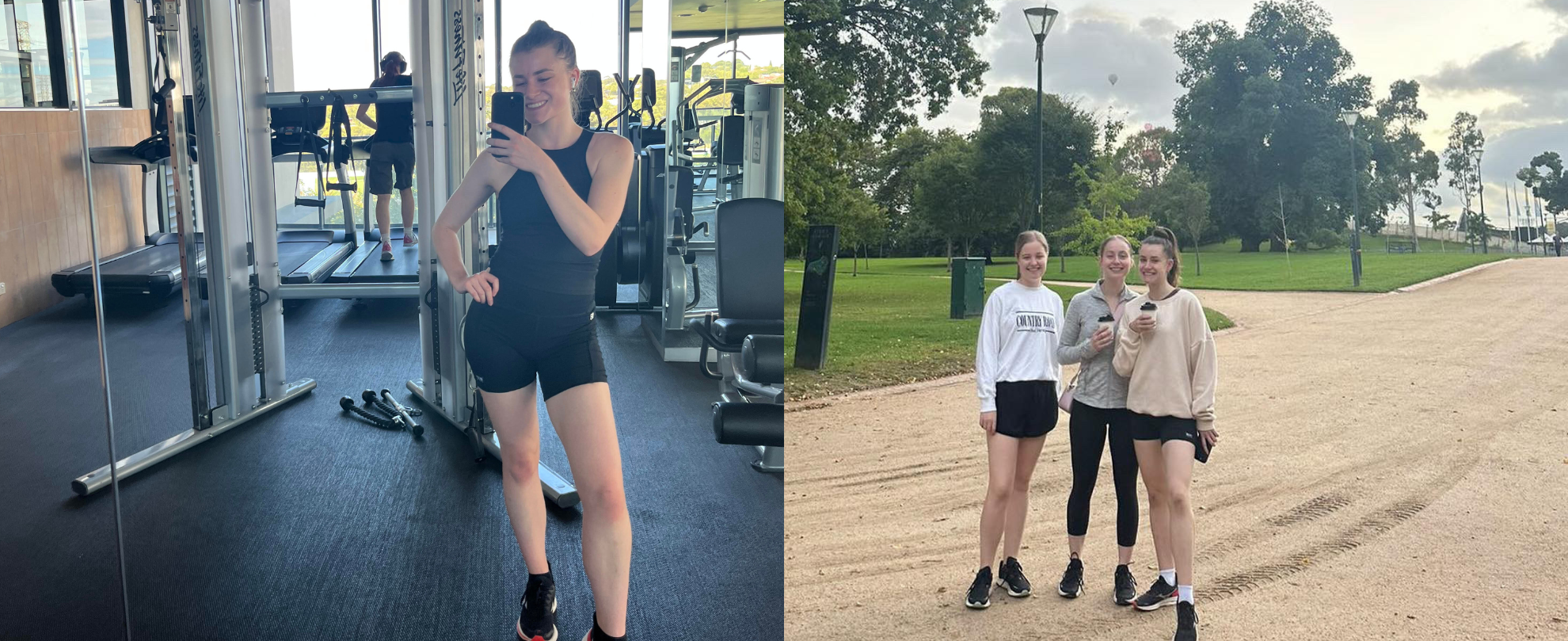What you need to know about Endo!
This March is Endometriosis Awareness month. We spoke to Victorian State Co-ordinator for Endometriosis Australia and KIC Community member Liz Walker to raise awareness on the condition that affects approximately 830,000 Australians alone!
What is endometriosis and how many people in Australia does it affect?
Endometriosis is a common condition, affecting approximately 830,000 Australians. This amounts to roughly one in every eight to nine girls, women and gender diverse individuals in Australia.
Endometriosis is present when tissue that is similar to the lining of the uterus – the ‘endometrium’ – occurs in abnormal parts of the body, most commonly in the pelvic area. The endometrium is the layer of tissue that is shed with menstruation, and where a pregnancy settles and grows. Endometrial tissue outside the uterus can cause a number of symptoms, such as pelvic pain or infertility – or none at all. Sadly, on average it takes about 6.5 years to be diagnosed with the condition.
Just like how every person experiences their period with different symptoms and severity, those with endometriosis may experience a variety of different symptoms and pain and discomfort.
Does endo only impact you during your period?
This is a common myth – endo can affect you throughout your day; or not at all. Endometriosis can affect your energy levels, mood, and experience of pain on or around your period, on or around ovulation, during sex, with bowel movements or when you urinate – the list goes on! Though, if you are experiencing heavy bleeding or irregular bleeding, or excessive pain during your period, definitely consult your doctor to see if there is something underlying that needs to be addressed.
Does endo impact your fertility?
Endometriosis may cause infertility, depending on where outside of the uterus the endometrial tissue grows; whether cysts have developed; whether it impacts your ovaries; and often, other existing health conditions that may impact your endometriosis. While it is possible to have endometriosis and not have fertility issues, it is also something that should be monitored through ultrasound and clinical examination.
If you are concerned, the first step is going to see your GP, or a gynecologist, in order to seek a diagnosis – and then to devise some next steps.
Is there a cure to endo?
Currently there is no cure! Often endo sufferers – rather, EndoWarriors – undertake lengthy processes in consultation with gynaeologists, physiotherapists, naturopaths, myotherapists, and the like to find routines, diet, and movement that works for them. After all, everyone is different and no one experience will be the same. The “cure” put forward is often surgery to remove lesions and masses that have formed – which is invasive, dangerous, and often only a bandaid as these masses may grow back over time.
Endometriosis Australia is passionate about raising awareness of, fundraising for, and collaborating with other health organisations and the government to find appropriate, cost effective, and low maintenance treatment and rehabilitation for EndoWarriors. This processes has been, and will be ongoing for a while to come while much needed funding and research continues!
How can I support a friend with endo?
To support a friend with Endo, you can do many things – all of which start with being a listening ear, a shoulder to cry on, and a source of positivity, warmth and comfort. Checking in on your friends, and offering to help with even things that may seem small – like picking up that parcel from the Post Office, or bringing over a snack – can go a long way. Being supportive and forgiving if plans need to change the morning of; or if something needs to be postponed, is also appreciated.
Liz here: some of my best memories I have with my closest girlfriends, even with one of my close male friends, is when I couldn’t go out for pizza because I was in so much pain (my period had just started – tada!) – and so they bought the pizza night to me. Ice Cream included.
How do you move your body whilst living with endo?
I do my best to prioritise moving every single day, in whatever way my time, or symptoms, allow. Whether a ten-minute walk around the block, or a pilates Masterclass; or a boxing class at my local ring – I put my body first, listen to how I feel on the day (whether I am tired or whether I am energised), and commit to doing something for myself everyday. Unless I am having a really bad day, I feel better after doing something to move my body.
How has KIC helped you find a movement that works for you?
KIC has helped me enormously. As there are so many workout styles to choose from, no matter the day there is always a workout there to suit where I am at and for what my body feels up to. Some days, this might look like two or three masterclasses; others, a KIC Mini, or a walk around the block. I also love how holistic KIC as I’ve found that when I eat well (often following good, nutritious recipes on the app), I have more energy and less of an irritable bowel (which is often something that prevents me from moving).
I’ve particularly loved Laura’s Treadmill Masterclasses. Though it’s been a slow burn, I am working my way up to running a half marathon in July (I live in Melbourne, and we have a Marathon event in July), and hearing Laura’s voice while I run can sometimes turn the “I want to give up” into a “I can do this; I am strong”.
What advice or words of support would you give to the KIC Community?
Ooh! Two things come to mind..
Firstly: Listen to your body, and believe in yourself and your experiences. If something doesn’t feel right, trust your gut. If you’ve set your alarm for 6AM, but wake up and know your energy isn’t there, care for yourself and give yourself rest. Something I’m learning at the moment is that I am capable of doing everything I put my mind and body to… but not all at once. However, also challenge yourself to find that thing in your day – whether moving your body, eating more veggies, going to bed earlier – that gives you the energy to do all the amazing things you want to do. For me, that’s some form of movement, eating well, and keeping a routine.
Secondly: If something doesn’t feel right with your body, whether or not you’ve got one or one hundred symptoms, speak to your doctor about it sooner rather than later.
More about Endometriosis Australia
- EndoAus promotes awareness of symptoms and where to get help with diagnosis and the relevant treatment. It takes on average 6.5 years for those living with endometriosis to be diagnosed.
- Supporting and funding research into the diagnosis, treatment and ultimate cure for this disease, which affects 4% of girls and women, one in nine, around 830,000 Australian ‘Endo warriors’
- Pursuing advocacy with government to alleviate the $30,000 per endometriosis patient per year in lost productivity and direct health care costs identified through Endometriosis Australia funded academic/scholarly research.
New to KIC? You can get started today with our 7 Day Free Trial!
You might also like

- Blog
- HEALTH
Helene and Dominique from The Spoonie Society are here to drop some knowledge and share how they look after their bodies while living with endo.

- Blog
- HEALTH
Ladies, touch yourself. Feel your boobs and get to know them. Regularly examine your own breasts and if anything feels out of the ordinary, please speak to your doctor.

- Blog
- HEALTH
Being a woman, there is a good chance that one day you will need to see a Gynaecologist (Women’s Health Specialist) at some point in your life. Keeping up to date with your PAP smears/Cervical Screening Tests and any health concerns is important so I thought I would share a few facts about a visit […]


